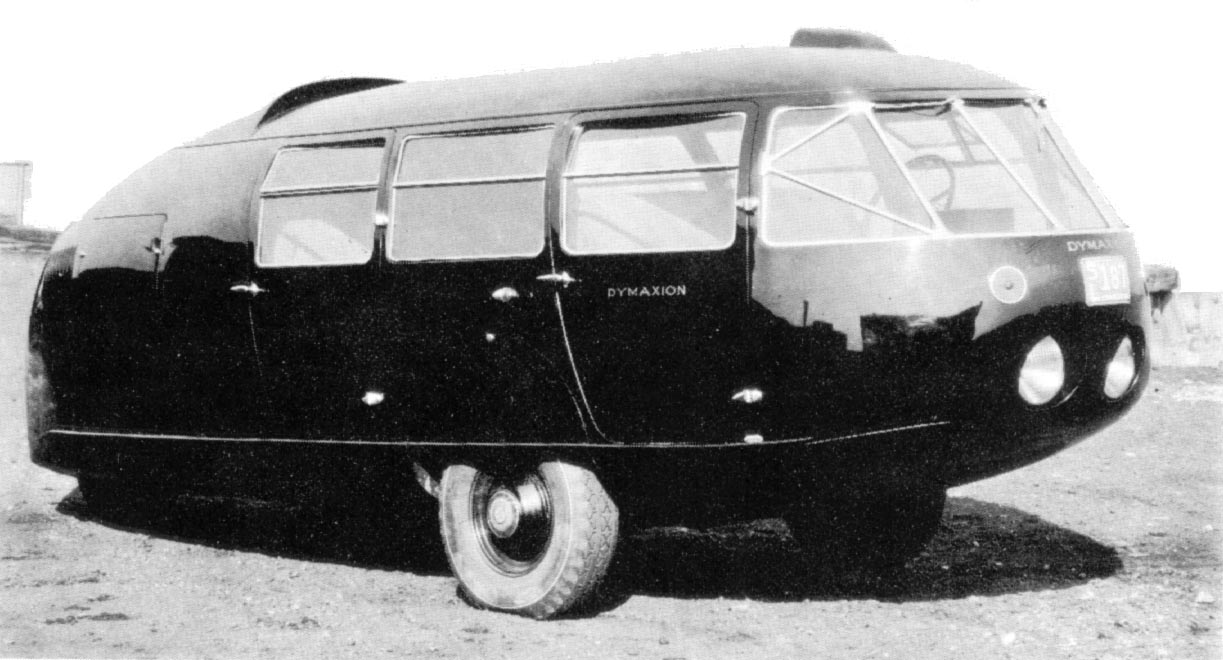I don't speak German and rely on babelfish to pigeon-English the text for me This produces funny results, particularly when it translates riders names literally. So Sebastian Schwager becomes Sebastian brother-in-law, René Obst becomes René fruit, and Stephan Schreck becomes Stephan fright.
Meanwhile, here's something else that's been on my mind.
I read an excellent blog called If:Book which recently had a post on transitions from one technology to another. The new technology may be revolutionary, but the first instances of it frequently don't appear so. We can all think of examples. The first printed books imitated codex manuscripts. The first factories that used steam power worked just like mills that used water power. And, most-famously, early motor cars were built like horse-drawn carriages.
The post, by Dan Visel, says we get trapped by the metaphors we use. He's referring to designers mostly, but the same works for consumers, entrepreneurs, and just about any social group you can mention. Edmund Burke wrote his most compelling prose on the power of such metaphors. As vehemently as Visel deplores this influence, he celebrated it.
For all that he supported the American colonies in their rebellion against the Crown and for all that he advocated free trade and abolition of the mercantilist policies, he was a strong advocate of social hierarchy, established authority, and the hereditary ruling class. He would say, "A perfect democracy is, therefore, the most shameless thing in the world. As it is the most shameless, it is also the most fearless. No man apprehends in his person that he can be made subject to punishment."
The Burkes of the world aren't always wrong. As Burke said, the Terror set off by the French Revolution can't be defended without serious moral contortions. More recently we know that some of the 20th-century's most vicious dictators were innovators as well as destroyers. Totalitarianism itself was a kind of visionary innovation.
Neither, of course, are the technological visionaries always wrong. Think about what Dan Bricklin and Bob Frankston came up with in producing VisiCalc in 1979.
Or about Hypertext, a vision of Ted Nelson's from 1965. More than 40 years on, we're still working out the implications of his revolutionary thought.
So where does Buckminster Fuller fit in?
This implicitly, is what Dan Visel asks.
Eighty years ago, in 1927, Fuller began to think about motor transport. Like Nelson's his ideas have yet to be fully realized, though like Ted's many of them have become commonplace.
Fuller's idea: the Dymaxion car, a transport system that bears family resemblance to the VW bus and ubiquitous minivans of the past decade, but which still appears revolutionary to us, both in the working designs he developed for it and in the ideas which it embodied for future development. Here's a link to a short Dymaxion car chronology.
And a YouTube video about a working prototype:
Read Visel's post to learn more.


While I was writing this post, Spain's Alberto Contador won the Tour de France. I still don't have the outcome of the Sachsen Tour.




No comments:
Post a Comment